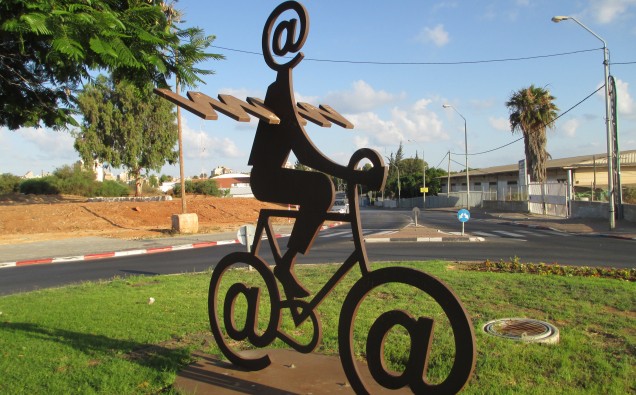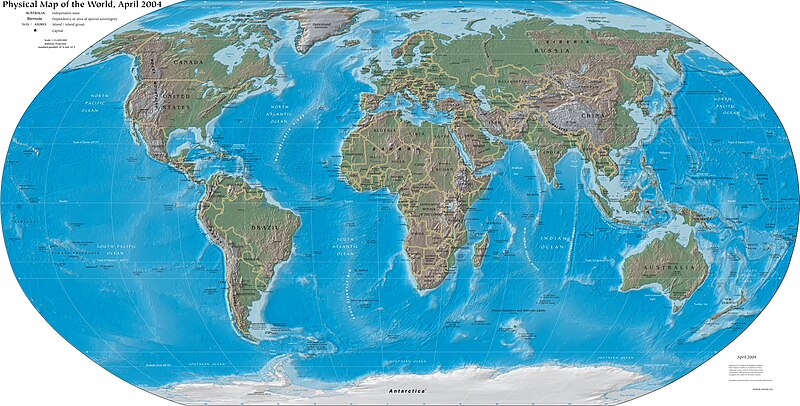
Nearly 3.2 billion people are now online, which comes to about 43.4 per cent of the world population, but the number still falls significantly short of reaching the anticipated goal of 60 per cent by 2020.
The ramifications for such developments throw up both challenges and prospects for the globalizing world. While the Internet usage opens up the possibility of democratic empowerment and individual liberties, it also brings with problems like misuse of the web by militant organizations, issues of censorship by autocratic regimes.
A recent UN report says while the proportion of households projected to have Internet access in 2020 will reach 56 per cent, exceeding the ‘Connect 2020’ target of 55 per cent, only 53 per cent of the global population will be online in 2020.
Among nations the Republic of Korea first in the information and communication technology (ICT) 2015 Development Index (IDI). Africa ranks worst, with 29 of 37 countries in the IDI’s bottom quarter, and 11 figuring last out of 167, illustrating the importance of addressing the digital divide between the continent and other regions, says the UN International Telecommunications Union (ITU) flagship annual Measuring the Information Society Report.

World Map – CIA Fact Book via Wikipedia
On the hopeful side, the report, widely recognized as the repository of the world’s most reliable and impartial global data and analysis on ICT development, notes that all 167 countries improved their IDI values between 2010 and 2015 – meaning that levels of ICT access, use and skills continue to improve worldwide.
It also showed that almost 7.1 billion people, over 95 per cent of the global population, are now covered by a mobile-cellular signal.
The findings suggest a mixed picture with the poor countries slowly catching up and expanding economic prospects. But much work remains to be done.
“ICTs will be essential in meeting each and every one of the 17 newly-agreed Sustainable Development Goals (SDGs), and this report plays an important role in the SDG process,” ITU Secretary-General Houlin Zhao said, referring to the ambitious economic, social and environmental targets that the UN has set for the year 2030.
“Without measurement and reporting, we cannot track the progress being made, and this is why ITU gathers data and publishes this important report each year.”
The ITU’s Telecommunication Development Bureau Director Brahima Sanou sees progress as encouraging in many areas. “But more needs to be done – especially in the world’s poorest and remotest regions, where ICTs can arguably make the biggest difference, and help bring people everywhere out of extreme poverty,” he added.
Interestingly, by the end of this year, 46 per cent of households globally will have Internet access at home, up from 44 per cent last year and just 30 per cent in 2010.
On the other hand, in the developed world, 81.3 per cent of households now have home Internet access, compared to 34.1 per cent in the developing world, and just 6.7 per cent in the 48 UN-designated least developed countries (LDCs).
The implications of the digital divide encompass almost all spheres of human development activity from political freedoms to education to scientific development and economic progress.
The figures show that growth in Internet use has slowed down, however, posting 6.9 per cent growth in 2015, after 7.4 per cent in 2014. Nonetheless, the number of Internet users in developing countries has almost doubled in the past five years, with two thirds of all people online now living in the developing world.
Growth continues to be the fastest in mobile broadband, with the number of mobile-broadband subscriptions worldwide having grown more than four-fold in five years, from 800 million in 2010 to an estimated 3.5 billion now. The number of fixed-broadband subscriptions has risen much more slowly, to an estimated 800 million today.
“More action will also be needed to ensure that targets for growth and inclusiveness are not missed in developing countries, and in particular in LDCs,” ITU stressed in a news release.
“The Connect 2020 Agenda aims to ensure that at least 50 per cent of households in developing countries and 15 per cent of households in LDCs have access by 2020, but ITU estimates that only 45 per cent of households in developing countries and 11 per cent of LDC households will have Internet access by that date.”
In 2015, Republic of Korea ranked at the top of the IDI, which measures countries according to their level of ICT access, use and skills, closely followed by Denmark and Iceland.
The report finds that the IDI top 30 ranking includes countries from Europe and other high-income nations, including Australia, Bahrain, Barbados, Canada, Hong Kong (China), Japan, Macao (China), New Zealand, Singapore and the United States.
The report is a reminder that democratic development and political empowerment – essential to stability and economic growth – will be closely linked to free flow of information if the world is to become a truly global place – with development stakes for all.














